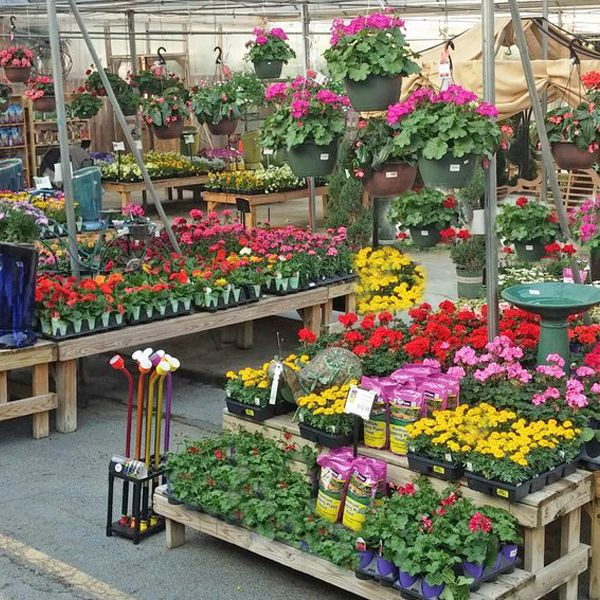
Plant shopping sounds easy, but there is a lot to consider when you are planning out your garden. It’s certainly not “one size fits all” so our design team has decoded plant tags to take some questions out of the purchasing process. Tags will vary, but we’ve highlighted some of the most important features and what they mean.
Common Name
This is what the plant is generally called.
Scientific Name
This can be confusing because most of us don’t speak Latin and aren’t experts in horticulture (let’s be honest- if you were, you would skip this blog post)! The scientific name will include the genus, species, and cultivar.
A genus is a classification of plants with common characteristics that are easily recognized. Aster and Petunia are examples of genus names. A genus may contain a single species or hundreds of species, which is why the particular species is then noted. A species is an even smaller classification of plants with similar characteristics.
Next is the cultivar which will be in single quotes. In the example Hydrangea paniculata ‘Little Lime’; ‘Little Lime’ is the cultivar. The cultivar is the most important part of the name because it shows where the real plant breeding is taking place. A cultivar is bred for a specific characteristic (or multiple). A cultivar could be bred to be smaller in stature, a specific color, upright or round form, variegated, have different bloom times, better hardiness, and other ornamental or functional features.
Mature Height and Spread
This is the maximum height and width the plant is likely to reach when fully grown (that one was a little more straight forward, right?). But make sure you have enough room for the plant to grow to reach its fullest potential.
Hardiness Zone
These numbers let you know the region a plant grows best in. Zones are established by the U.S. Department of Agriculture based on temperatures. You can still grow plants that aren’t in your zone, but they will require some extra steps to protect them from your specific elements so depending on your dedication and time commitment to your garden, you may want to stick to your zone. You can ask someone at the nursery what zone you are in or look it up on garden.org/zipzone.
Sun Exposure
This is often an icon or clearly written as “full sun” or “part sun/shade” or “full shade.” When a tag states full sun, it should have six to eight hours of direct sunlight per day. If a tag says full shade, it should get less than three hours of sun per day.
Bloom Time
This shows when your plant will bloom. This is important if you want to have different plants blooming throughout the year.
Water Needs and Animal Resistance
If a tag doesn’t say how often to water the plant, look for the number of raindrops. One means you should let soil dry out between waterings. Two means soil should be dry an inch below the surface. Three means you should keep soil moist constantly. The animal tag will show if deer, rabbits, or other animals will want to make your plant their lunch.
Care
Often tags will state how easy the plant is to care for - so pick your level of confidence and go from there!
Happy Shopping!
Read more about: Gardening Tips